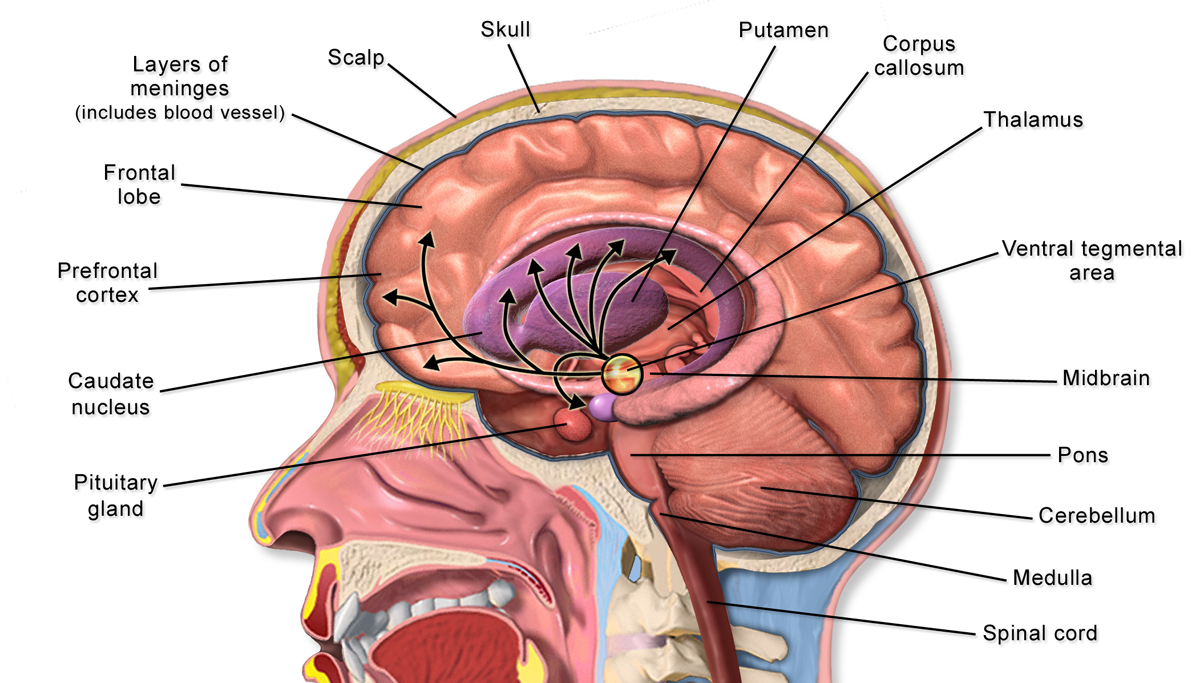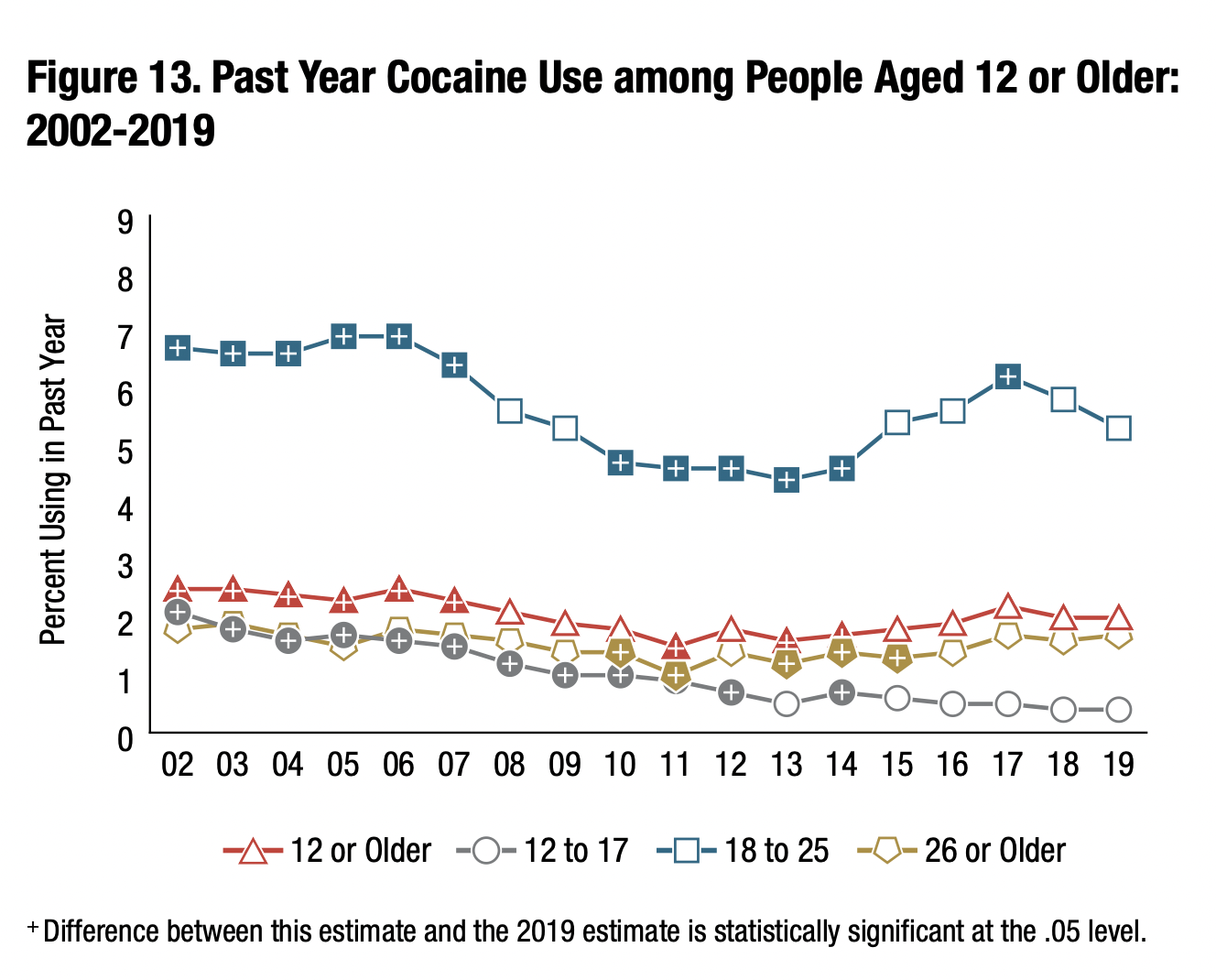|
Theory Of Mind
In psychology, theory of mind refers to the capacity to understand other people by ascribing mental states to them (that is, surmising what is happening in their mind). This includes the knowledge that others' mental states may be different from one's own states and include beliefs, desires, intentions, emotions, and thoughts. Possessing a functional theory of mind is considered crucial for success in everyday human social interactions. People use such a theory when analyzing, judging, and inferring others' behaviors. The discovery and development of theory of mind primarily came from studies done with animals and infants. Factors including drug and alcohol consumption, language development, cognitive delays, age, and culture can affect a person's capacity to display theory of mind. It has been proposed that deficits in theory of mind can occur in people with autism (although this is contentious), anorexia nervosa, schizophrenia, dysphoria, attention deficit hyperactiv ... [...More Info...] [...Related Items...] OR: [Wikipedia] [Google] [Baidu] |
Psychology
Psychology is the scientific study of mind and behavior. Psychology includes the study of conscious and unconscious phenomena, including feelings and thoughts. It is an academic discipline of immense scope, crossing the boundaries between the natural and social sciences. Psychologists seek an understanding of the emergent properties of brains, linking the discipline to neuroscience. As social scientists, psychologists aim to understand the behavior of individuals and groups.Fernald LD (2008)''Psychology: Six perspectives'' (pp.12–15). Thousand Oaks, CA: Sage Publications.Hockenbury & Hockenbury. Psychology. Worth Publishers, 2010. Ψ (''psi''), the first letter of the Greek word ''psyche'' from which the term psychology is derived (see below), is commonly associated with the science. A professional practitioner or researcher involved in the discipline is called a psychologist. Some psychologists can also be classified as behavioral or cognitive scientists. Some psychol ... [...More Info...] [...Related Items...] OR: [Wikipedia] [Google] [Baidu] |
Dysphoria
Dysphoria (; ) is a profound state of unease or dissatisfaction. It is the semantic opposite of euphoria. In a psychiatric context, dysphoria may accompany depression, anxiety, or agitation. In psychiatry Intense states of distress and unease increase the risk of suicide, as well as being unpleasant in themselves. Relieving dysphoria is therefore a priority of psychiatric treatment. One may treat underlying causes such as depression or bipolar disorder as well as the dysphoric symptoms themselves. The ''Diagnostic and Statistical Manual of Mental Disorders'' (DSM-5) categorizes specific dysphoria in the obsessive–compulsive spectrum. Dissatisfaction with being able-bodied can be diagnosed as body integrity dysphoria in the ICD-11. Gender dysphoria Gender dysphoria is discomfort, unhappiness or distress due to one's assigned sex. The current edition (DSM-5) of the ''Diagnostic and Statistical Manual of Mental Disorders'' uses the term "gender dysphoria" where it prev ... [...More Info...] [...Related Items...] OR: [Wikipedia] [Google] [Baidu] |
Empathy
Empathy is the capacity to understand or feel what another person is experiencing from within their frame of reference, that is, the capacity to place oneself in another's position. Definitions of empathy encompass a broad range of social, cognitive, and emotional processes primarily concerned with understanding others (and others' emotions in particular). Types of empathy include cognitive empathy, emotional (or affective) empathy, somatic empathy, and spiritual empathy.Rothschild, B. (with Rand, M. L.). (2006). ''Help for the Helper: The psychophysiology of compassion fatigue and vicarious trauma''. Etymology The English word ''empathy'' is derived from the Ancient Greek (''empatheia'', meaning "physical affection or passion"). That word derives from (''en'', "in, at") and ('' pathos'', "passion" or "suffering"). Theodor Lipps adapted the German aesthetic term ("feeling into") to psychology in 1903, and Edward B. Titchener translated into English as "empathy" i ... [...More Info...] [...Related Items...] OR: [Wikipedia] [Google] [Baidu] |
SPIE
SPIE (formerly the Society of Photographic Instrumentation Engineers, later the Society of Photo-Optical Instrumentation Engineers) is an international not-for-profit professional society for optics and photonics technology, founded in 1955. It organizes technical conferences, trade exhibitions, and continuing education programs for researchers and developers in the light-based fields of physics, including: optics, photonics, and imaging engineering. The society publishes peer-reviewed scientific journals, conference proceedings, monographs, tutorial texts, field guides, and reference volumes in print and online. SPIE is especially well-known for Photonics West, one of the laser and photonics industry's largest combined conferences and tradeshows which is held annually in San Francisco. SPIE also participates as partners in leading educational initiatives, and in 2020, for example, provided more than $5.8 million in support of optics education and outreach programs around the ... [...More Info...] [...Related Items...] OR: [Wikipedia] [Google] [Baidu] |
Neurophotonics
''Neurophotonics'' is a quarterly, peer-reviewed scientific journal covering optical technology applicable to study of the brain and their impact on basic and clinical neuroscience applications, published by SPIE. The editor-in-chief is Anna Devor (Boston University, USA). Abstracting and indexing The journal is abstracted and indexed in: * PubMed * PubMed Central * Science Citation Index Expanded * Inspec * Scopus * Embase * Ei/Compendex According to the ''Journal Citation Reports'', the journal has a 2020 impact factor The impact factor (IF) or journal impact factor (JIF) of an academic journal is a scientometric index calculated by Clarivate that reflects the yearly mean number of citations of articles published in the last two years in a given journal, as ... of 3.593. References External links * Optics journals SPIE academic journals English-language journals Publications established in 2014 {{neuroscience-journal-stub ... [...More Info...] [...Related Items...] OR: [Wikipedia] [Google] [Baidu] |
Wiley-Blackwell
Wiley-Blackwell is an international scientific, technical, medical, and scholarly publishing business of John Wiley & Sons. It was formed by the merger of John Wiley & Sons Global Scientific, Technical, and Medical business with Blackwell Publishing in 2007.About Wiley-Blackwell John Wiley & Sons, Inc. Wiley-Blackwell is now an imprint that publishes a diverse range of academic and professional fields, including , , , |
Addiction (journal)
''Addiction'' is a monthly peer-reviewed scientific journal established in 1903 by the Society for the Study of Addiction to Alcohol and other Drugs as the ''British Journal of Inebriety''. It was renamed ''British Journal of Addiction to Alcohol & Other Drugs'' in 1947, then renamed to ''British Journal of Addiction'' in 1980, before finally obtaining its current name in 1993. It covers research relating to the abuse of alcohol, illicit drugs, and tobacco, as well as behavioural addictions. The editor-in-chief is John Marsden (King's College London). Article types The journal publishes research reports, reviews, commentaries, and letters to the editor relating to all aspects of addictive behaviours. Abstracting and indexing The journal is abstracted and indexed in: According to the ''Journal Citation Reports'', the journal has a 2019 impact factor The impact factor (IF) or journal impact factor (JIF) of an academic journal is a scientometric index calculated by Clar ... [...More Info...] [...Related Items...] OR: [Wikipedia] [Google] [Baidu] |
Alcohol's Neurotoxicity
Alcohol-related brain damage alters both the structure and function of the brain as a result of the direct neurotoxic effects of alcohol intoxication or acute alcohol withdrawal. Increased alcohol intake is associated with damage to brain regions including the frontal lobe, limbic system, and cerebellum, with widespread cerebral atrophy, or brain shrinkage caused by neuron degeneration. This damage can be seen on neuroimaging scans. Frontal lobe damage becomes the most prominent as alcoholics age and can lead to impaired neuropsychological performance in areas such as problem solving, good judgement, and goal-directed behaviors. Impaired emotional processing results from damage to the limbic system. This may lead to troubles recognizing emotional facial expressions and "interpreting nonverbal emotional cues". Binge drinking, or heavy episodic drinking, can lead to damage in the limbic system that occurs after a relatively short period of time. This brain damage increases the risk ... [...More Info...] [...Related Items...] OR: [Wikipedia] [Google] [Baidu] |
Brain Damage
Neurotrauma, brain damage or brain injury (BI) is the destruction or degeneration of brain cells. Brain injuries occur due to a wide range of internal and external factors. In general, brain damage refers to significant, undiscriminating trauma-induced damage. A common category with the greatest number of injuries is traumatic brain injury (TBI) following physical trauma or head injury from an outside source, and the term acquired brain injury (ABI) is used in appropriate circles to differentiate brain injuries occurring after birth from injury, from a genetic disorder (GBI), or from a congenital disorder (CBI). Primary and secondary brain injuries identify the processes involved, while focal and diffuse brain injury describe the severity and localization. Recent research has demonstrated that neuroplasticity, which allows the brain to reorganize itself by forming new neural connections throughout life, provides for rearrangement of its workings. This allows the brain ... [...More Info...] [...Related Items...] OR: [Wikipedia] [Google] [Baidu] |
Rutgers University
Rutgers University (; RU), officially Rutgers, The State University of New Jersey, is a public land-grant research university consisting of four campuses in New Jersey. Chartered in 1766, Rutgers was originally called Queen's College, and was affiliated with the Dutch Reformed Church. It is the eighth-oldest college in the United States, the second-oldest in New Jersey (after Princeton University), and one of the nine U.S. colonial colleges that were chartered before the American Revolution.Stoeckel, Althea"Presidents, professors, and politics: the colonial colleges and the American revolution", ''Conspectus of History'' (1976) 1(3):45–56. In 1825, Queen's College was renamed Rutgers College in honor of Colonel Henry Rutgers, whose substantial gift to the school had stabilized its finances during a period of uncertainty. For most of its existence, Rutgers was a private liberal arts college but it has evolved into a coeducational public research university after being des ... [...More Info...] [...Related Items...] OR: [Wikipedia] [Google] [Baidu] |
Journal Of Studies On Alcohol And Drugs
The ''Journal of Studies on Alcohol and Drugs'' (JSAD) is a peer-reviewed scientific journal that publishes original research articles on various aspects of the use and misuse of alcohol and other drugs. Topics covered include the biological, medical, epidemiological, social, psychological, and legal aspects of alcohol and other drug use, abuse, and dependence. The journal was established in 1940 as the ''Quarterly Journal of Studies on Alcohol'', changed its name in 1975 to ''Journal of Studies on Alcohol'', before obtaining its current name in 2007. The journal appears bimonthly and publishes supplements at irregular intervals. The ''Journal of Studies on Alcohol and Drugs'' is a not-for-profit journal based in the Center of Alcohol Studies at Rutgers University. Impact factor According to the Journal Citation Reports, the journal's 2017 impact factor is 2.616, ranking it 10th of 35 journals in the category "Substance Abuse" (social science), 9th of 19 journals in the category ... [...More Info...] [...Related Items...] OR: [Wikipedia] [Google] [Baidu] |
Cocaine Addiction
Cocaine dependence is a neurological disorder that is characterized by withdrawal symptoms upon cessation from cocaine use. It also often coincides with cocaine addiction which is a biopsychosocial disorder characterized by persistent use of cocaine and/or crack despite substantial harm and adverse consequences. The Diagnostic and Statistical Manual of Mental Disorders (5th ed., abbreviated DSM-5), classifies problematic cocaine use as a "Stimulant use disorder". The International Classification of Diseases (11th rev., abbreviated ICD-11), includes "Cocaine dependence" as a classification (diagnosis) under "Disorders due to use of cocaine". The use of cocaine creates euphoria and high amounts of energy. If taken in large doses, it is possible to cause mood swings, paranoia, insomnia, psychosis, high blood pressure, a fast heart rate, panic attacks, seizures that are extremely difficult to control, cognitive impairments and drastic changes in personality. Cocaine overdose may res ... [...More Info...] [...Related Items...] OR: [Wikipedia] [Google] [Baidu] |

_2.jpg)




